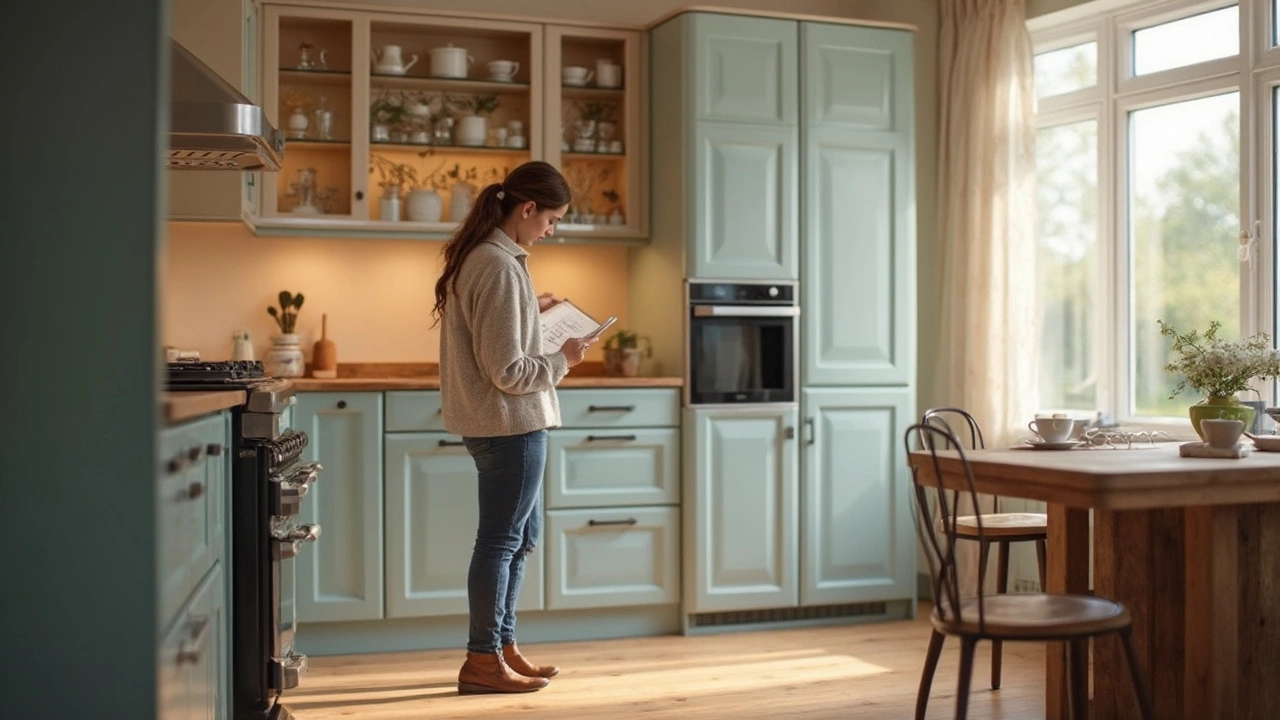Refrigerator – How to Choose, Install, and Keep It Running Smoothly
Looking for a new fridge can feel overwhelming, but it doesn’t have to be. In a few minutes you’ll know what size fits your kitchen, which features are worth the splash, and how to keep the appliance humming for years. Let’s cut the jargon and get straight to the stuff that matters.
Picking the Right Refrigerator for Your Kitchen
Start with the space you have. Measure the width, depth, and height of the opening, then add a few centimeters for airflow. Most manufacturers list the exact dimensions, so you can compare side by side. Next, think about the door swing – does the door need to open left or right? A door that hits a wall or countertop will be a daily annoyance.
Choose a style that matches your lifestyle. Top‑freezer models are cheap and reliable, but you’ll bend down for fresh food. Bottom‑freezer and French‑door models keep fresh items at eye level and usually have better organization options. Side‑by‑side units give easy access to both fridge and freezer sections, but the shelves are narrower – not ideal for large platters.
Energy efficiency matters for both the planet and your wallet. Look for the EU energy label; a rating of A++ or A+++ means lower electricity use. The upfront price may be higher, but the yearly savings can add up quickly, especially if you run the fridge 24/7.
Simple Maintenance to Extend Your Fridge’s Life
Cleaning the condenser coils is a game‑changer. Dust builds up on the coils behind or underneath the fridge and makes the compressor work harder. A vacuum brush or a low‑speed shop vac does the trick once or twice a year.
Check the door seals every few months. A faulty seal lets warm air sneak in, raising the internal temperature and costing you energy. Run a dollar bill around the edge; if it slides out easily, the gasket probably needs replacement.
Set the temperature correctly – 3–5°C for the fridge compartment and -18°C for the freezer. Too cold wastes power, too warm spoils food. Most modern fridges have a digital display; use it to fine‑tune the settings after a few weeks of use.
If the fridge gets noisy, first make sure it’s level. Use a bubble level on the floor and adjust the feet as needed. A humming sound is normal, but rattling or clicking can signal a loose part or a failing fan.
When something goes wrong, don’t panic. A fridge that isn’t cooling often means the condenser coils need cleaning or the thermostat is set wrong. A water leak usually points to a clogged defrost drain. Most issues are quick fixes, but keep the warranty card handy in case you need a professional.
When it’s time to replace the old unit, recycle it responsibly. Many retailers offer a haul‑away service, and local councils usually have a bulk waste collection. Proper disposal keeps harmful refrigerants out of the environment.
Choosing the right refrigerator and giving it a little love each year will save you money, reduce waste, and keep your food fresh. Ready to start shopping? Grab your measurements, check the energy label, and enjoy the peace of mind that comes with a smart purchase.
Stove Placement: Should It Be Next to Your Refrigerator?
- Gavin Whitaker
- |
- |
- 0
Placing a stove next to a refrigerator is a hot topic in kitchen design. Discover the reasons why this proximity is often discouraged, understand the energy efficiency implications, and explore practical layout alternatives. Learn how to optimize your kitchen space without compromising on style or functionality. By the end, you'll have a clearer idea of how to balance aesthetics and practicality in your kitchen.
View more